Colour and joy: Design Museum Helsinki celebrates Finnish legend Eero Aarnio
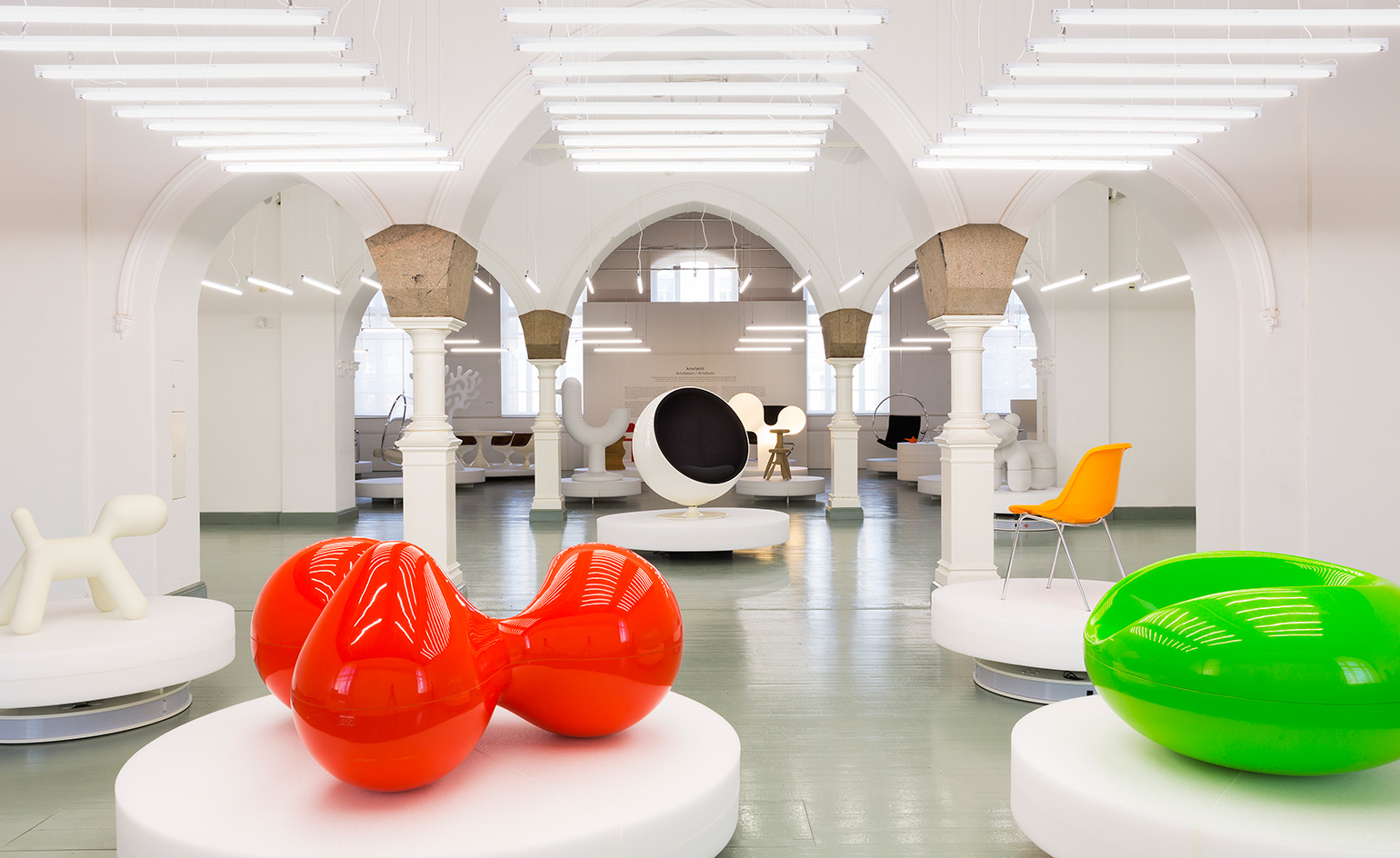
Eero Aarnio has enjoyed a long and illustrious career in design that dates back to the 1950s. His big break came in the early 1960s when, as a freshly minted freelance designer, he came up with an idea for a ball-shaped fibreglass chair that would go on to challenge the world’s perception of what furniture could look like. The design was first put into production by Finnish furniture company Osko in 1966, who cautiously made a small run of 100 for the brand’s stand at the Cologne Furniture Fair. ‘The technical director said "if we sell even one of these, I’ll eat my hat",’ remembers Aarnio, ‘but in the first week they sold to over 30 countries.’
A hit with everyone from movie stars to presidents, the 'Ball' chair sold in its thousands across the globe, quickly becoming an internationally recognised symbol of 1960s style, not to mention the cover star of countless magazines from Business Digest to Playboy; most of which are now collaged across a wall in Aarnio’s lake-side home in Veikkola, just outside of Helsinki.
Remarkably full of energy at 83 years of age and still producing designs for companies such as Magis, Alessi, and Artek, Aarnio attributes his enduring success to ‘good sleep, good food and good exercise’.
‘In retirement you have a lot of time for work,’ he continues, ‘I can work anywhere. The computer’s in my head, the printer’s in my hand and my pencil is my mouse’.
Busy as ever, Aarnio’s 2016 has got off to a particularly eventful start with the opening of his first retrospective at Finland’s Design Museum Helsinki. Curated by Suvi Saloniemi, chief curator at Design Museum, and designed by Ville Kokkonen and Florencia Colombo, the show occupies the museum’s first floor, mapping out Aarnio’s life in design across an open plan central gallery space and four smaller adjoining galleries, which focus on the themes of mind, timeline, production and process.
Upon arrival, at the top of the stairwell, visitors are greeted by Aarnio’s giant plastic animals that appear to be roaming free across the gallery thanks to a set of robotic podiums that allow them to glide independently around the space. Developed especially for the show by Finnish studio GIM, the robots provide a 360 degree view of Aarnio’s designs while reflecting the designer’s love of the unconventional. ‘We wanted to give a degree of freedom to the objects,’ says Colombo. ‘Eero has never respected furniture archetypes and we wanted the show to embody his playful personality and state of mind.’
Beyond the roaming plastic animals, Aarnio’s many furniture and product designs are assembled in rows to form a bright landscape of curvaceous plastic and wooden forms. Here his 'Ball' chair takes centre stage – a reminder of where it all began over 50 years ago.
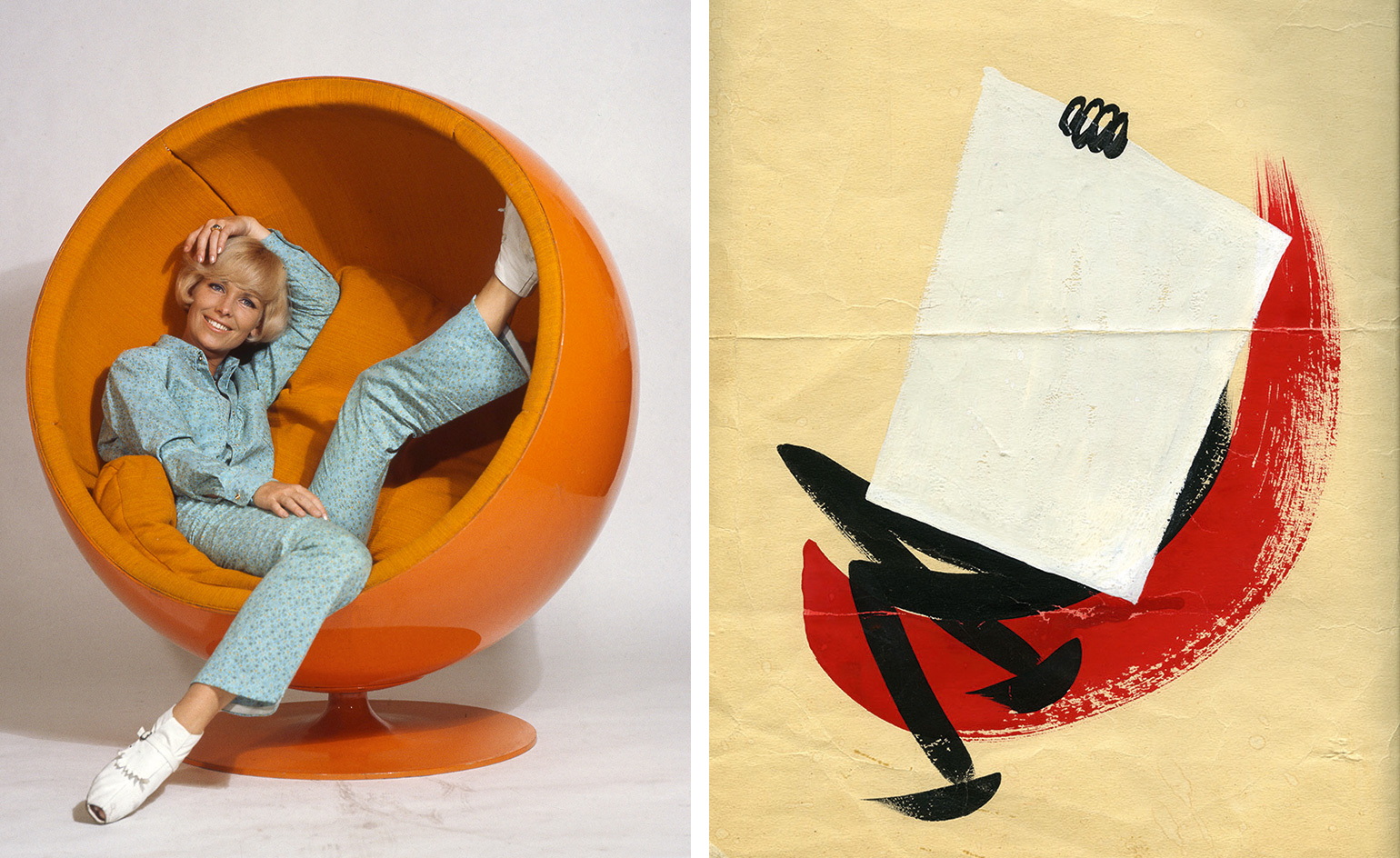
Eero Aarnio has enjoyed a long and illustrious career in design that dates back to the 1950s, as seen in these early archive images – pictured right is an illustration from 1956
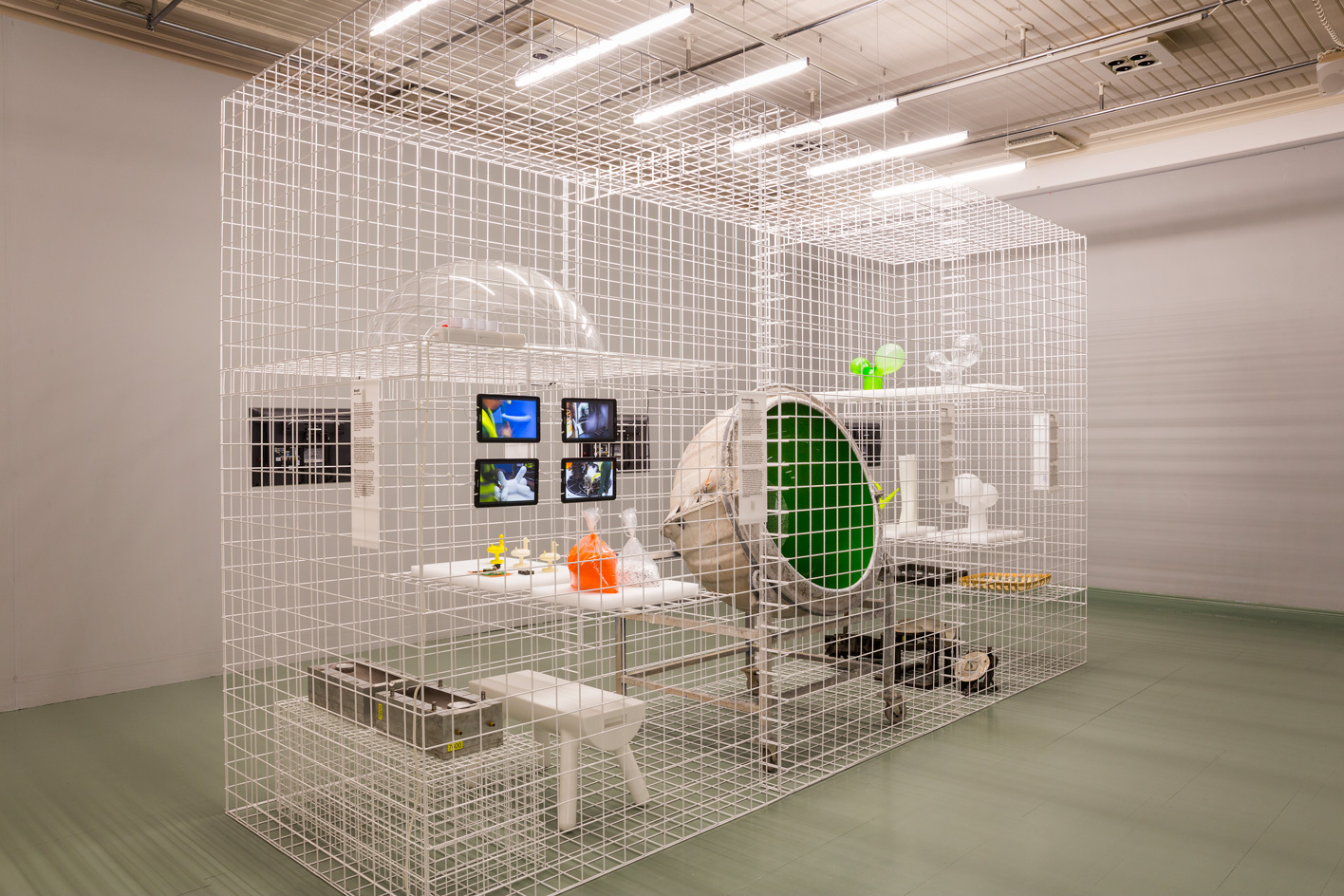
A hit with everyone from movie stars to presidents, the ’Ball’ chair sold in its thousands across the globe, quickly becoming an internationally recognised symbol of 1960s style. Photography: Paavo Lehtonen
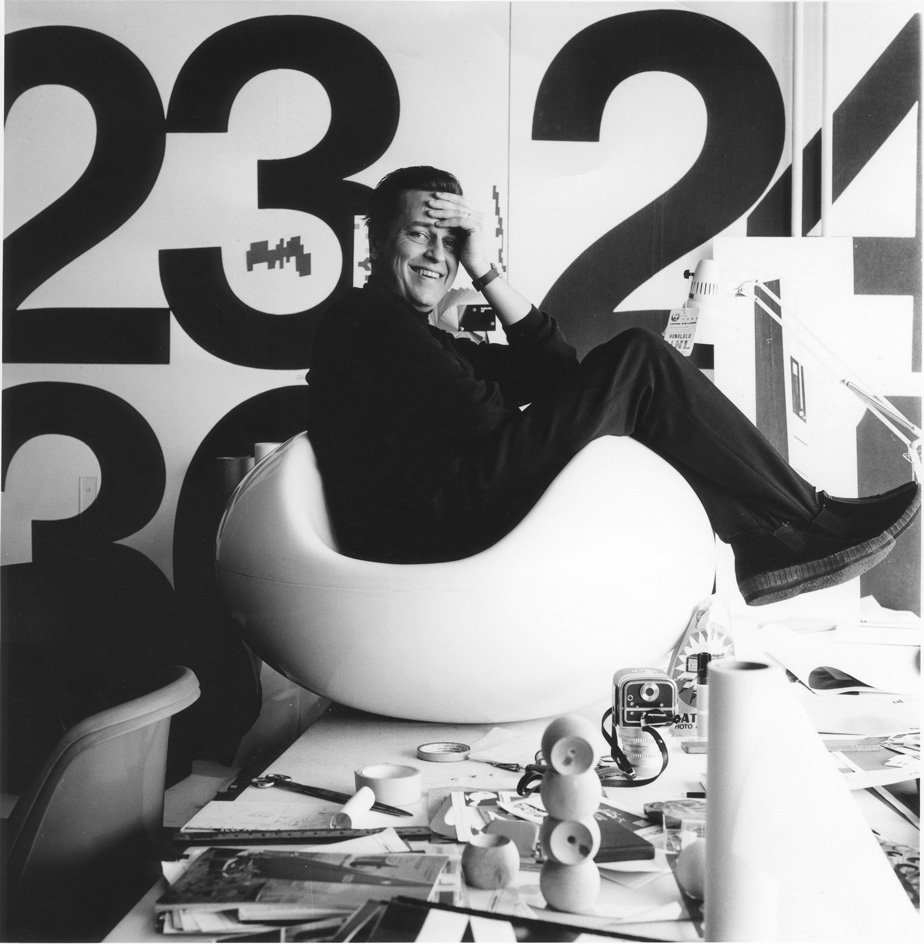
Eero Aarnio with his ’Pastille’ chair, in his studio in 1968. Courtesy Pirkko Aarnio
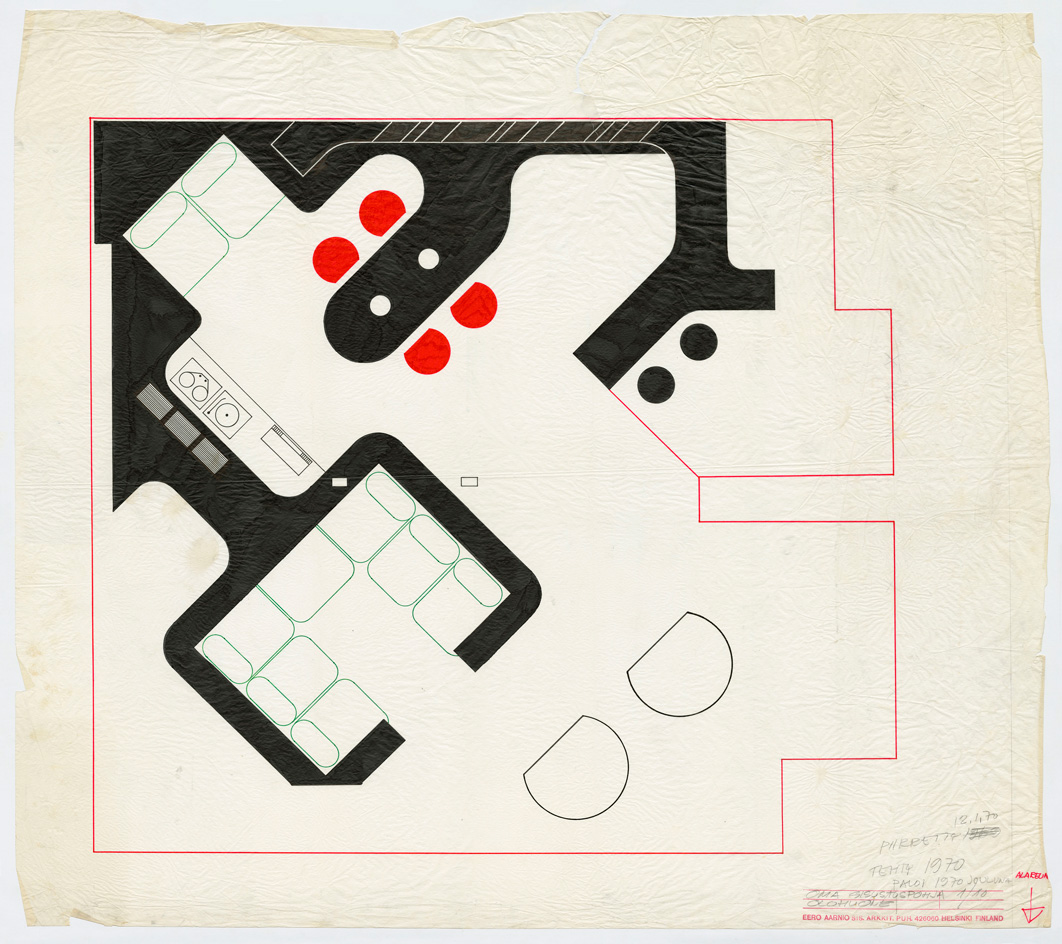
Aarnio’s big break came in the early 1960s when, as a freshly minted freelance designer, he came up with an idea for a ball-shaped fibreglass chair that would go on to challenge the world’s perception of what furniture could look like. Pictured: an Aarnio sketch dating back to 1971
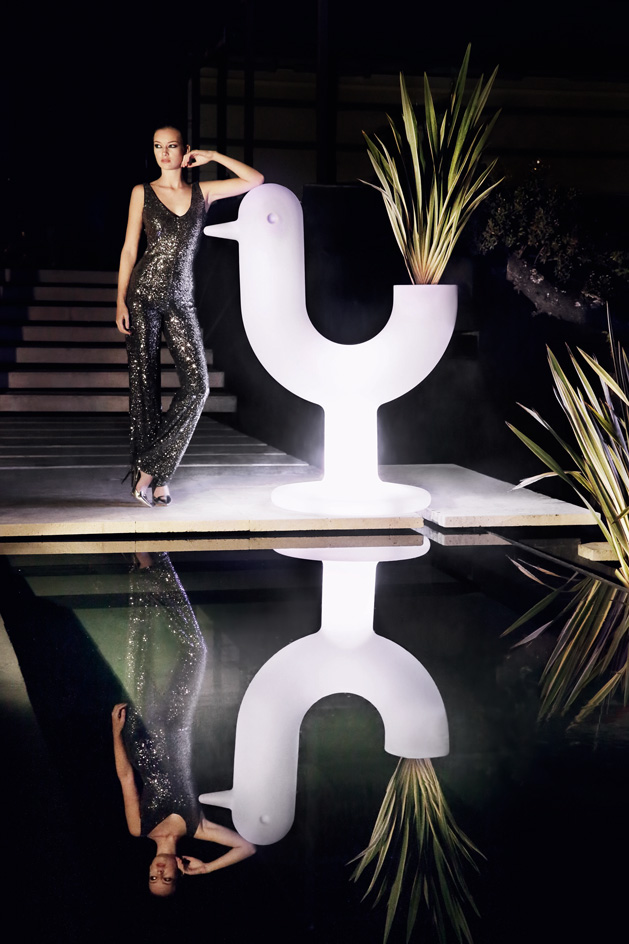
Upon arrival at the exhibition, at the top of the stairwell, visitors are greeted by Aarnio’s giant plastic animals that appear to be roaming free across the gallery. Pictured: ’Peacock Ruukku’, 2012. Courtesy Vondom
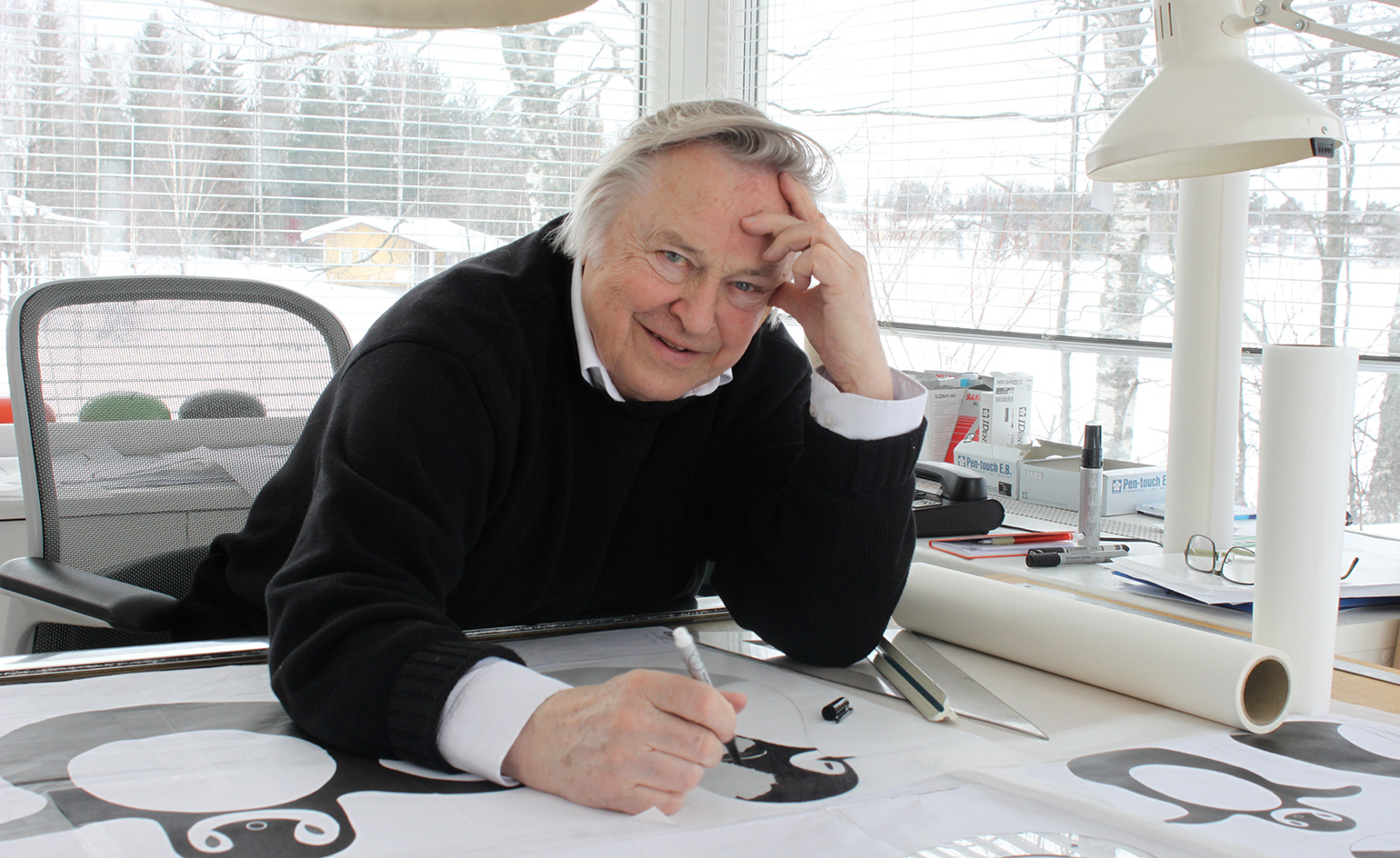
Remarkably full of energy at 83 years of age and still producing designs for companies such as Magis, Alessi, and Artek, Aarnio attributes his enduring success to ‘good sleep, good food and good exercise’. Pictured: Eero Aarnio in Muotokuva, 2013. Courtesy Marjukka Tormi
INFORMATION
'Eero Aarnio' is on view until 25 September. For more information, visit the Design Museum Helsinki website
ADDRESS
Design Museum Helsinki
Korkeavuorenkatu 23
00130 Helsinki
Wallpaper* Newsletter
Receive our daily digest of inspiration, escapism and design stories from around the world direct to your inbox.
Ali Morris is a UK-based editor, writer and creative consultant specialising in design, interiors and architecture. In her 16 years as a design writer, Ali has travelled the world, crafting articles about creative projects, products, places and people for titles such as Dezeen, Wallpaper* and Kinfolk.
-
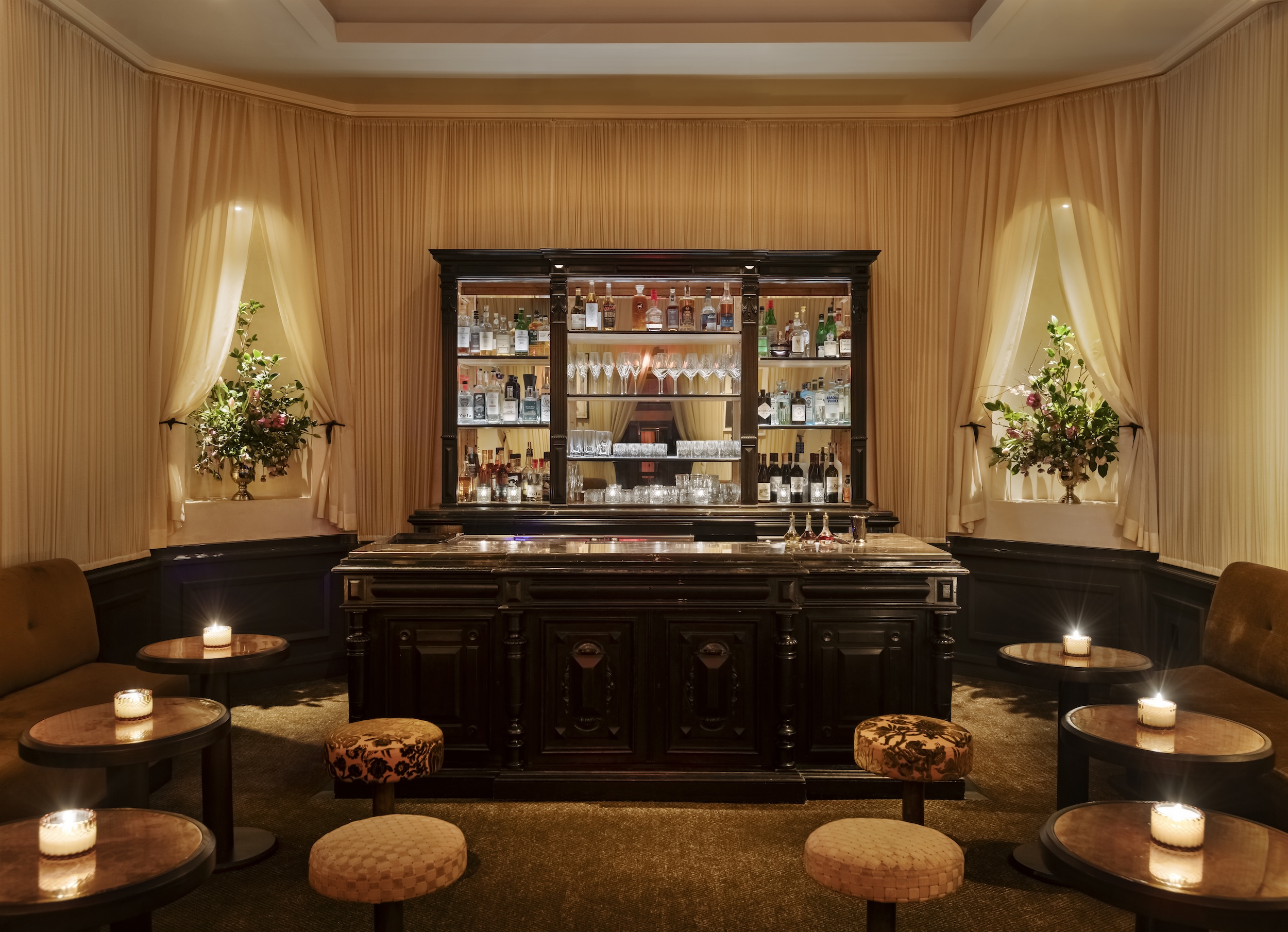 At this secret NYC hangout, the drinks are strong and the vibes are stronger
At this secret NYC hangout, the drinks are strong and the vibes are strongerFor People's bar, Workstead serves up a good time
By Anna Fixsen
-
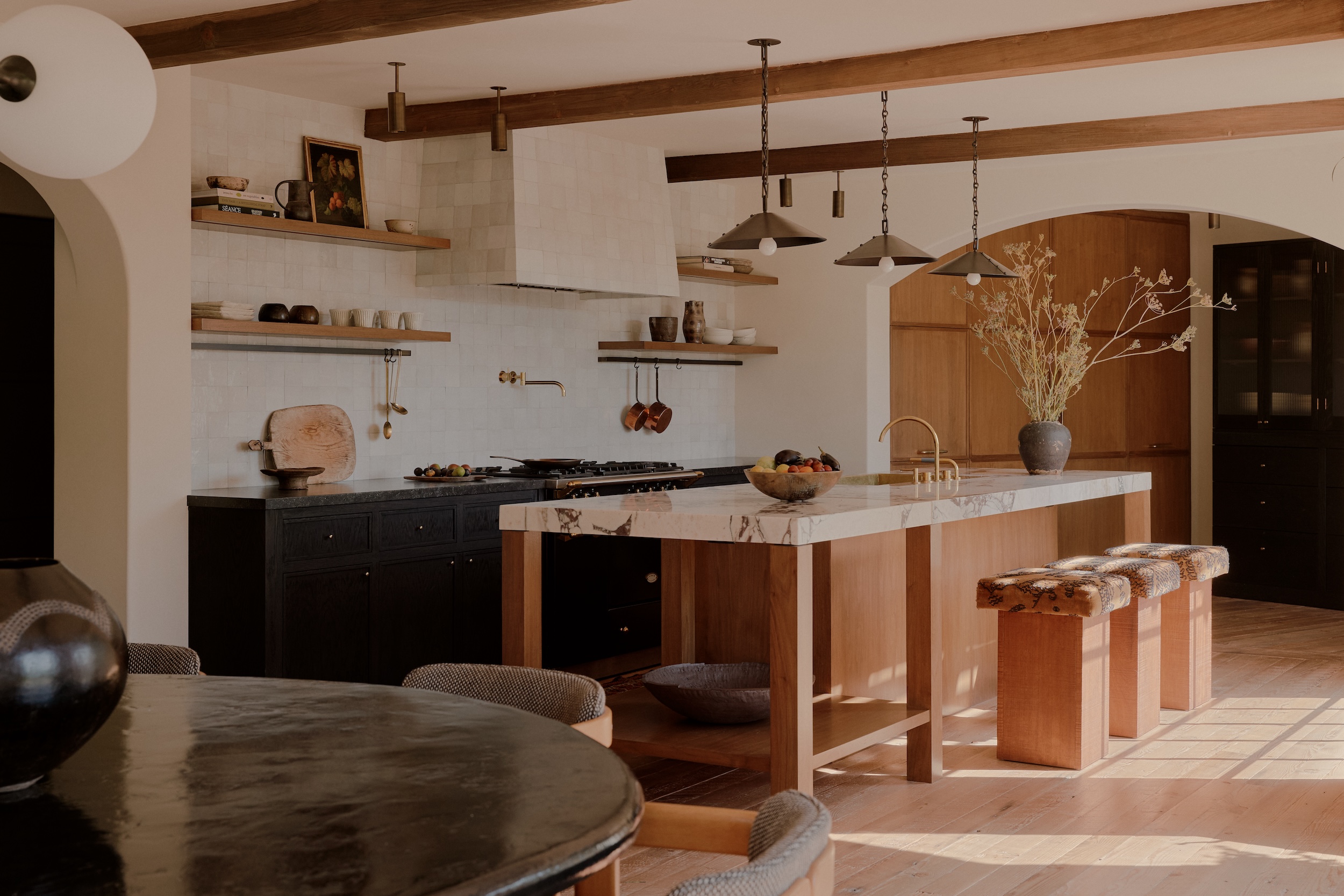 ‘Fall Guy’ director David Leitch takes us inside his breathtaking Los Angeles home
‘Fall Guy’ director David Leitch takes us inside his breathtaking Los Angeles homeFor movie power couple David Leitch and Kelly McCormick, interior designer Vanessa Alexander crafts a home with the ultimate Hollywood ending
By Anna Fixsen
-
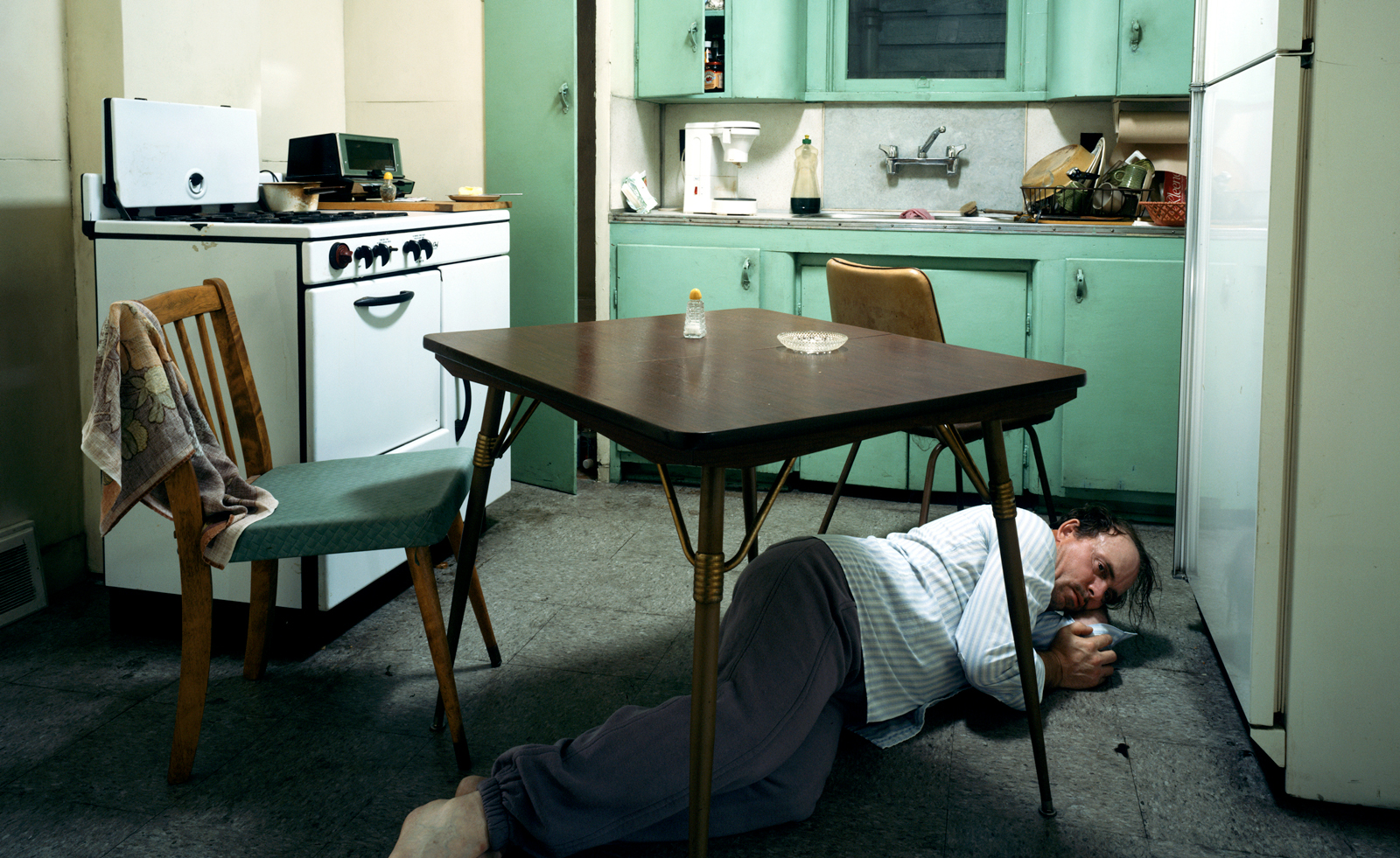 Real or imaginary? Step inside the alternate world of Jeff Wall's photographs
Real or imaginary? Step inside the alternate world of Jeff Wall's photographsJeff Wall's major show at MAAT in Portugal dives into four decades of the photographer's career
By Emily Steer
-
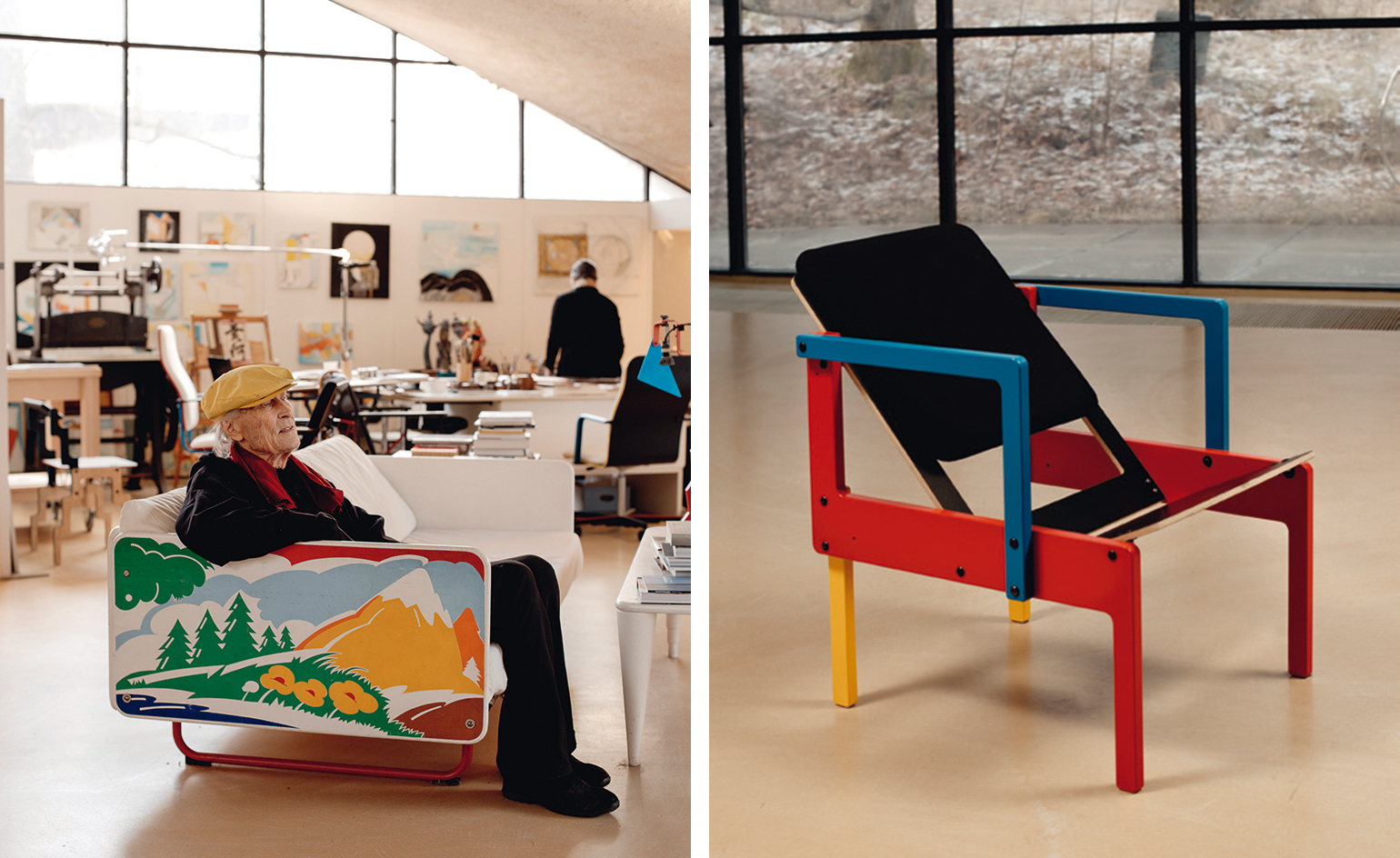 Tour Yrjö Kukkapuro’s studio – a temple to the art of sitting down
Tour Yrjö Kukkapuro’s studio – a temple to the art of sitting downJoin us on a studio visit of Finnish interior architect and furniture designer Yrjö Kukkapuro
By Emma O'Kelly
-
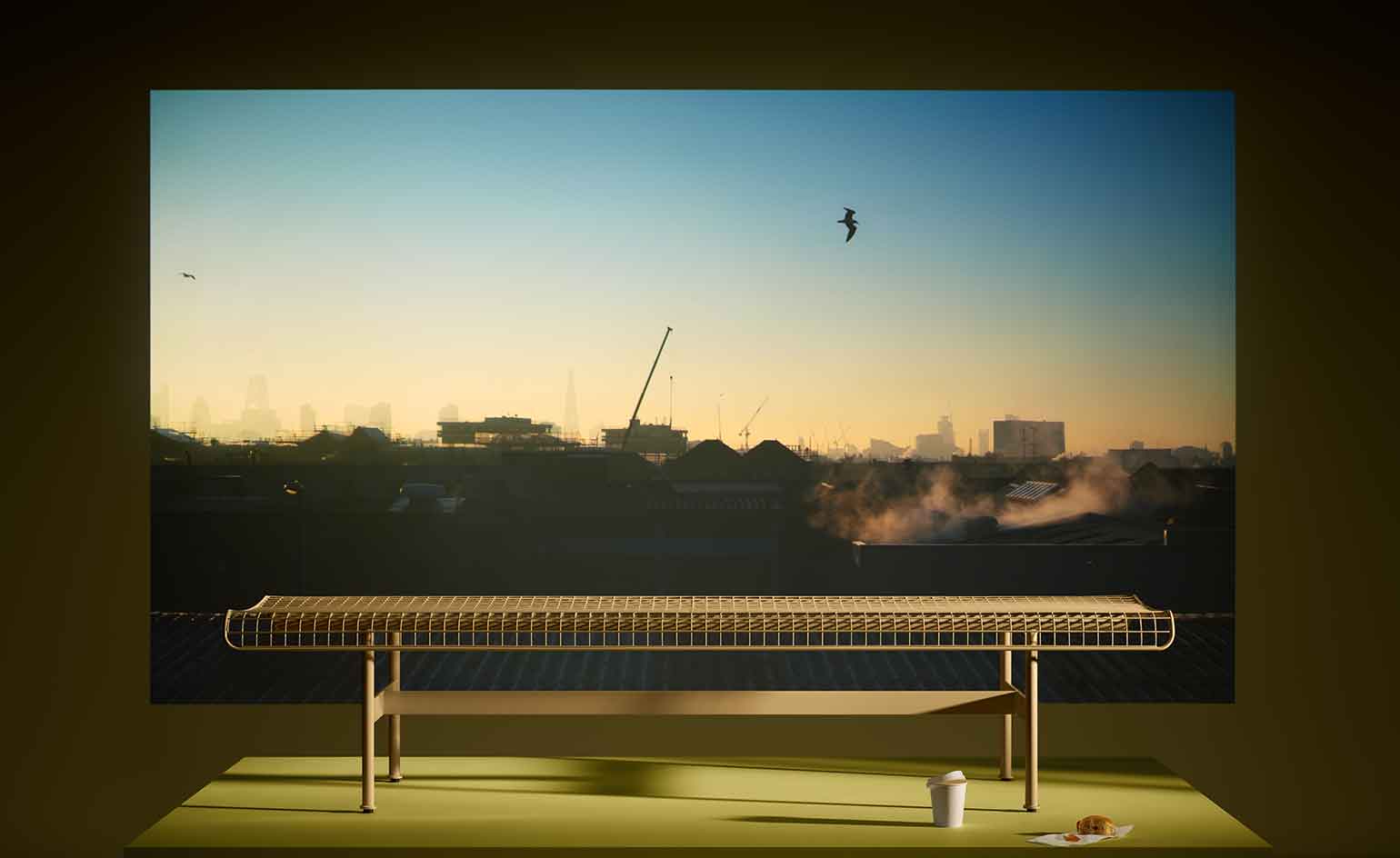 Munch Museum’s furniture is inspired by the artist’s colours
Munch Museum’s furniture is inspired by the artist’s coloursSustainability-focused Norwegian furniture company Vestre has created furniture designed by Andreas Engesvik and Jonas Stokke for the new Munch Museum in Oslo
By Rosa Bertoli
-
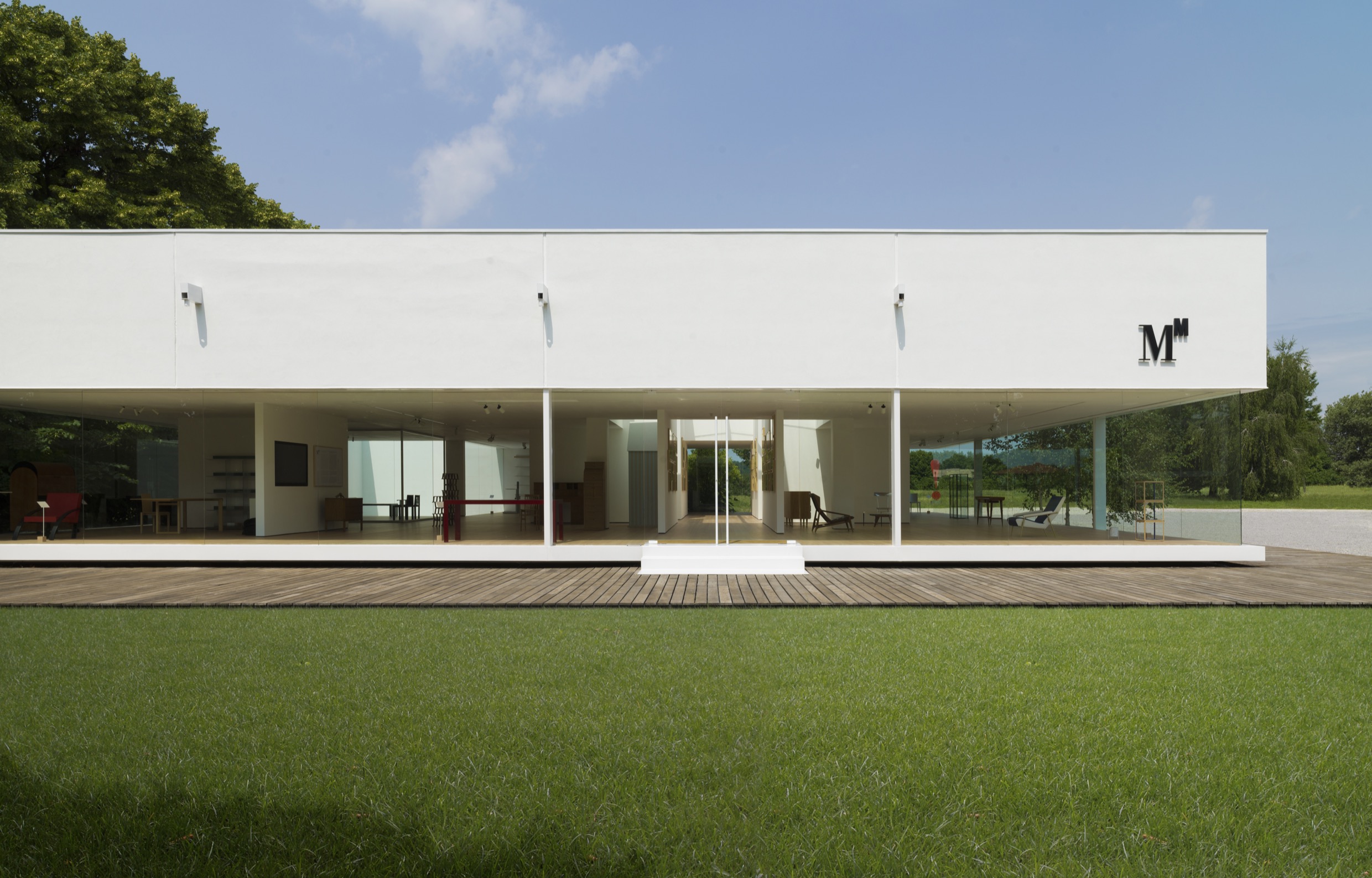 Molteni Museum opens in Ron Gilad’s glass cube
Molteni Museum opens in Ron Gilad’s glass cubeRon Gilad brings fresh perspective to the Molteni Museum’s Glass Cube in Giussano. Former Wallpaper* Milan editor and current Triennale Design Museum director Marco Sammicheli spoke to Ron Gilad and Giulia Molteni for our Summer 2020 issue to find out about the museum’s plans
By Marco Sammicheli
-
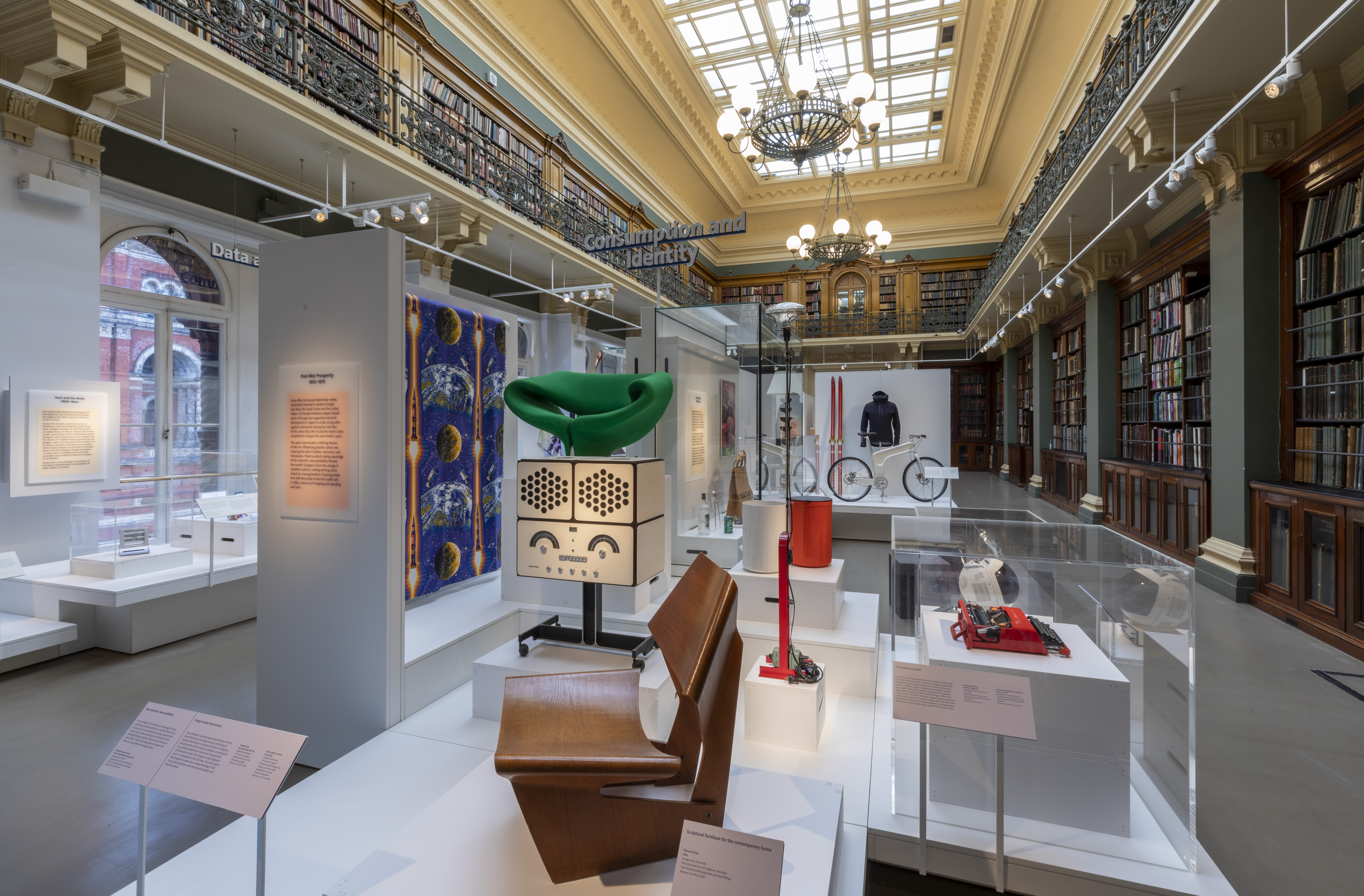 New V&A gallery explores contemporary history through design
New V&A gallery explores contemporary history through design‘Design: 1900 – Now’, a permanent gallery at the V&A in London, opens with a thematic display charting the 20th and 21st centuries’ most relevant social movements. We talk to curators Corinna Gardner and Johanna Agerman Ross to discover highlights from the collection
By Rosa Bertoli
-
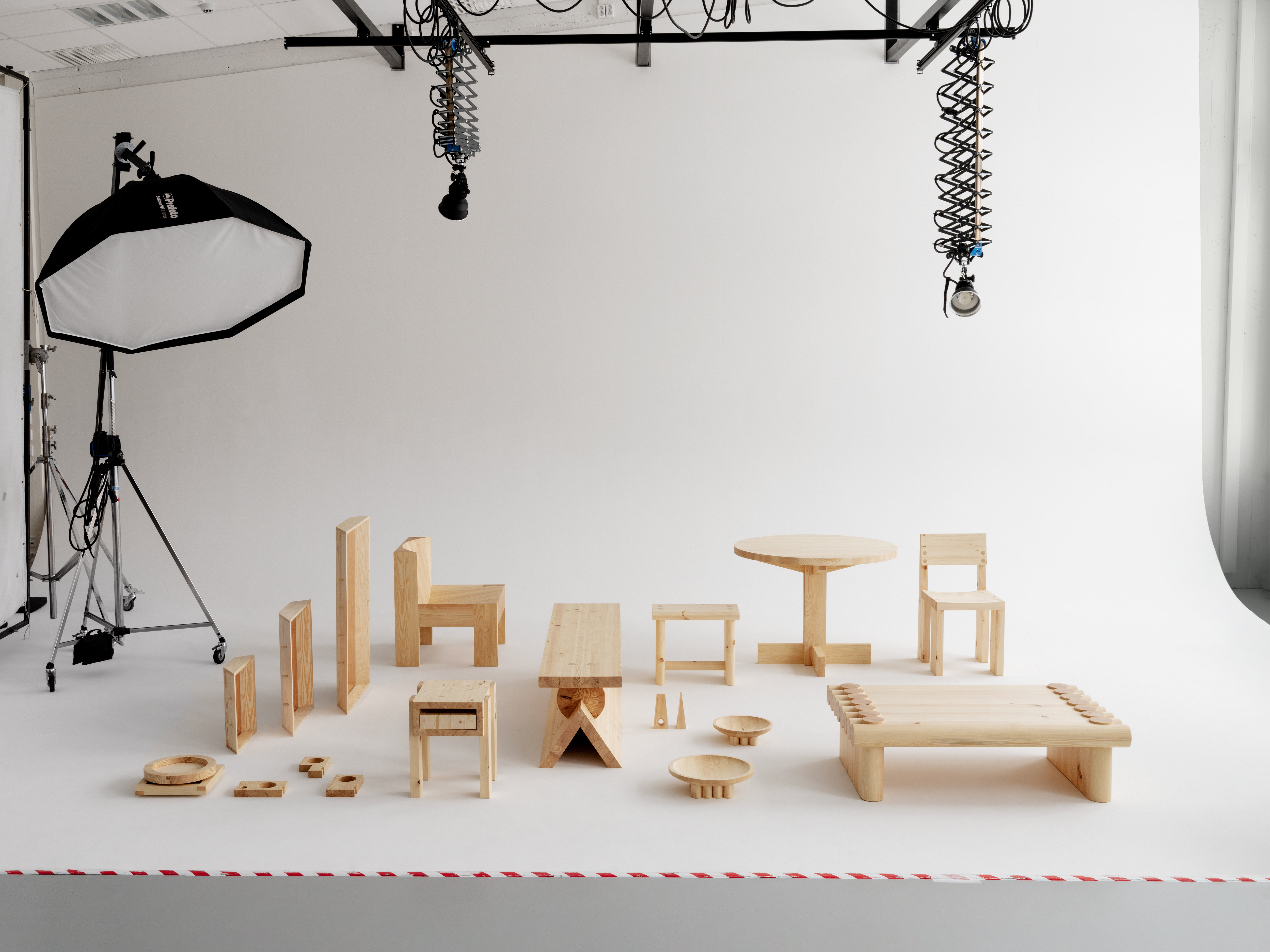 Finnish design gets redefined by new disruptor Vaarnii
Finnish design gets redefined by new disruptor VaarniiNewly launched design brand Vaarnii enlisted a group of international designers to create a collection of minimalist furniture in pine wood, available from Finnish Design Shop and Artek
By Rosa Bertoli
-
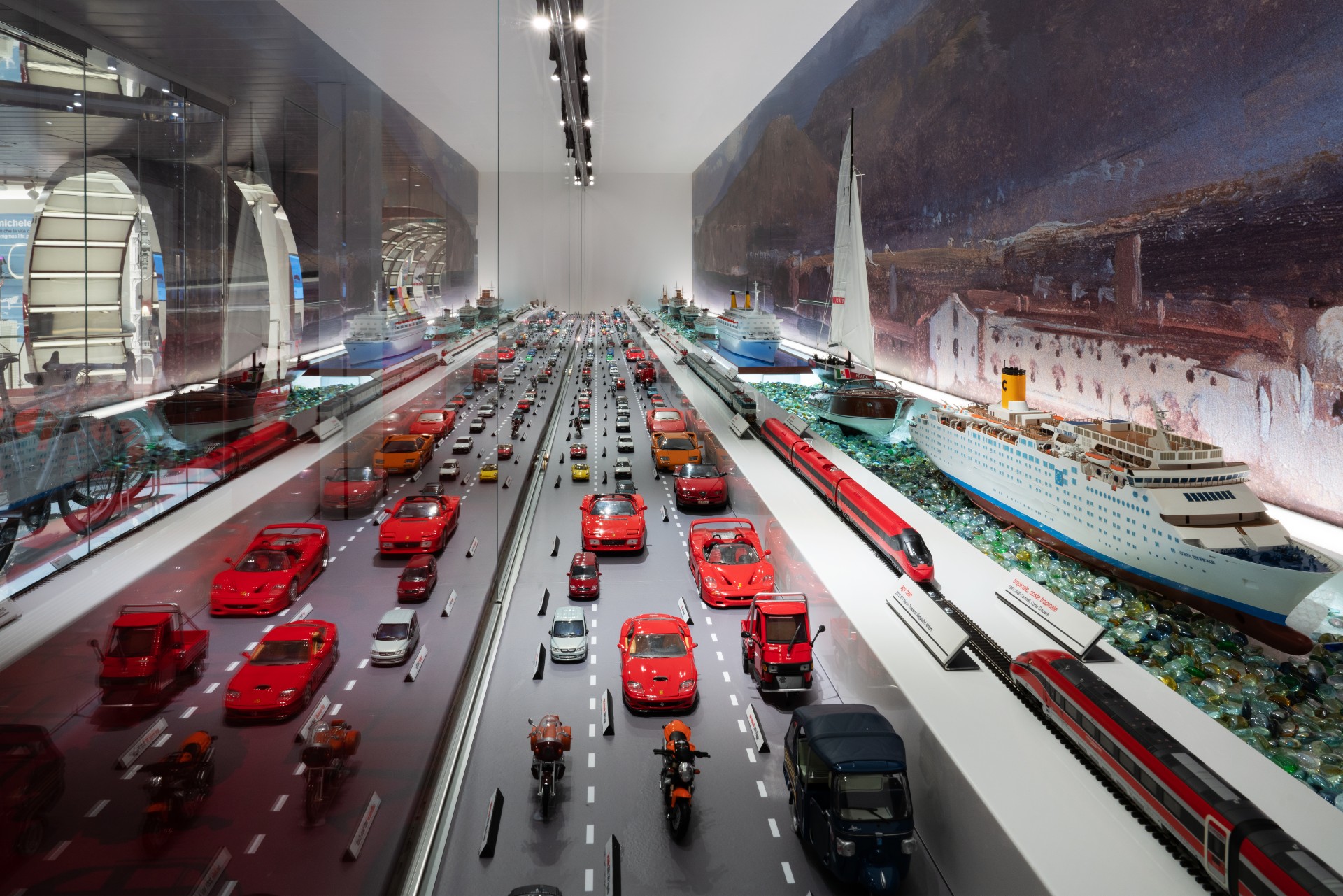 All aboard! Immersive design museum on a cruise ship celebrates Italian icons
All aboard! Immersive design museum on a cruise ship celebrates Italian iconsThe mobile museum is housed inside one of Italian company Costa Smeralda's cruiseship, featuring a selection of design icons and a futuristic set by Tihany Design
By Rosa Bertoli
-
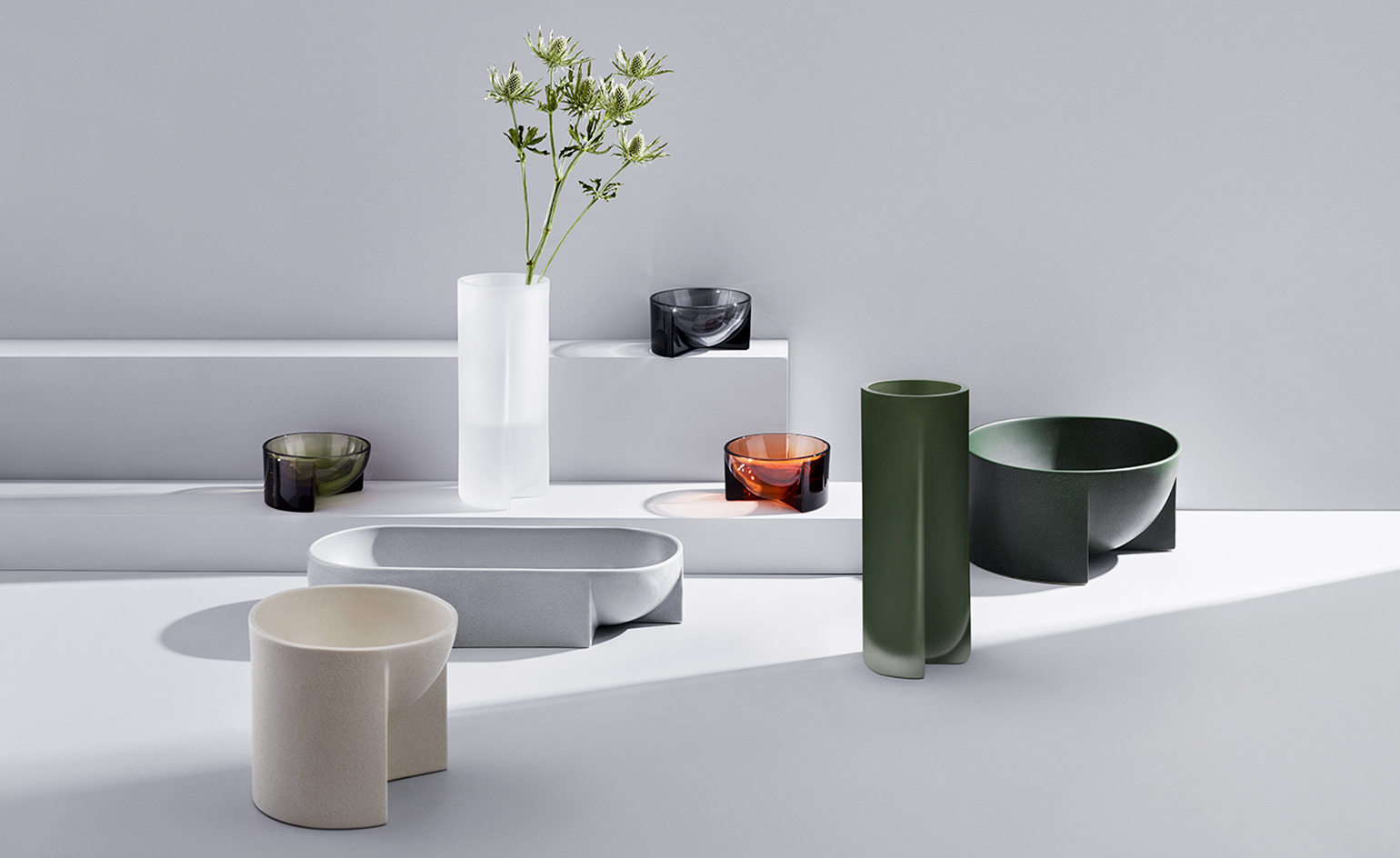 Philippe Malouin designs sculptures that house your personal wares
Philippe Malouin designs sculptures that house your personal waresWorking with a team of master craftsmen, Philippe Malouin creates a range of curved home objects for Finnish brand Iittala, titled Kuru
By Alice Morby
-
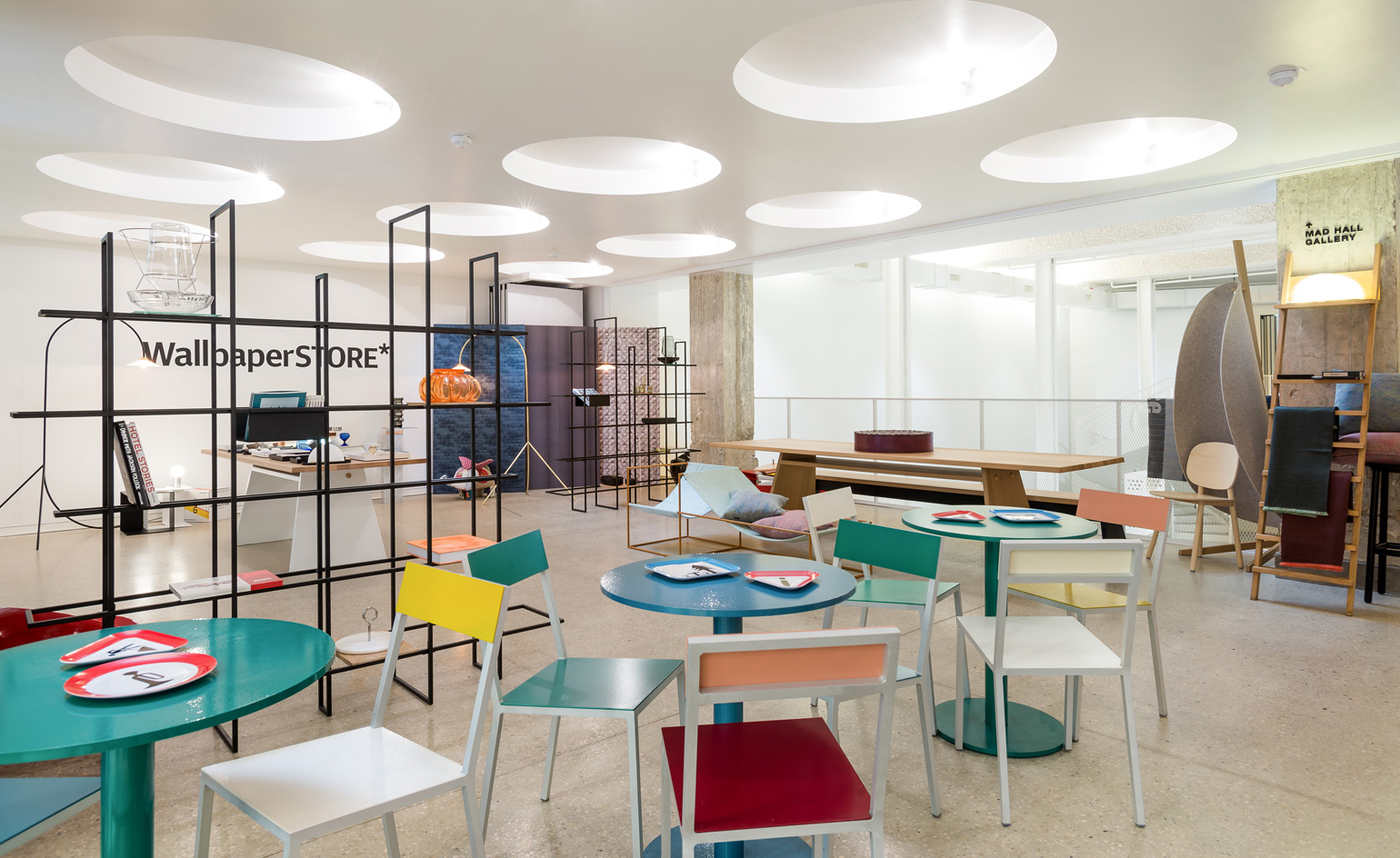 At MAD Museum in Brussels, Belgian design and a WallpaperSTORE* pop-up
At MAD Museum in Brussels, Belgian design and a WallpaperSTORE* pop-upBy Rosa Bertoli